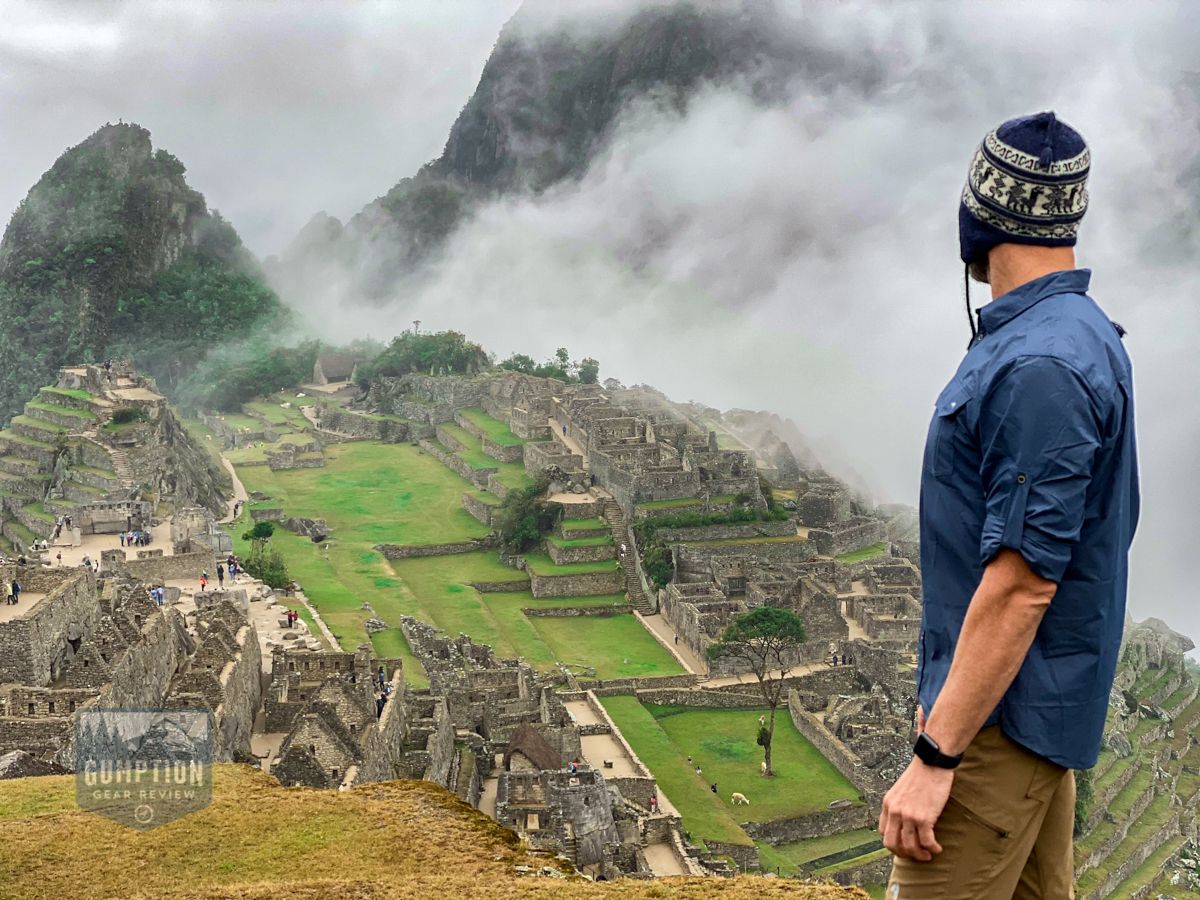
Peru’s Machu Picchu — heralded as the “Lost City of the Incas” by American explorer Hiram Bingham, who rediscovered the largely forgotten site more than 100 years ago — one of the new Seven Wonders of the World and has evolved into a tourist magnet.
According to historian Hugh Thomson, author of “The White Rock: An Exploration of the Inca Heartland” fewer than 1,000 people occupied the citadel at any time during the reign of the once-powerful Inca. Flash forward to 2021 and on average, more than 5,000 people walk the paths of Machu Picchu daily during the busiest months of July and August.
For adventurers around the world, conquering the iconic Inca Trail to Machu Picchu is a definitive bucket list item. For those planning on partaking on that sacred journey, this post shares the tips, suggestions and lessons learned from our own adventure to help you prepare for yours.
The Basics of Preparing for Machu Picchu
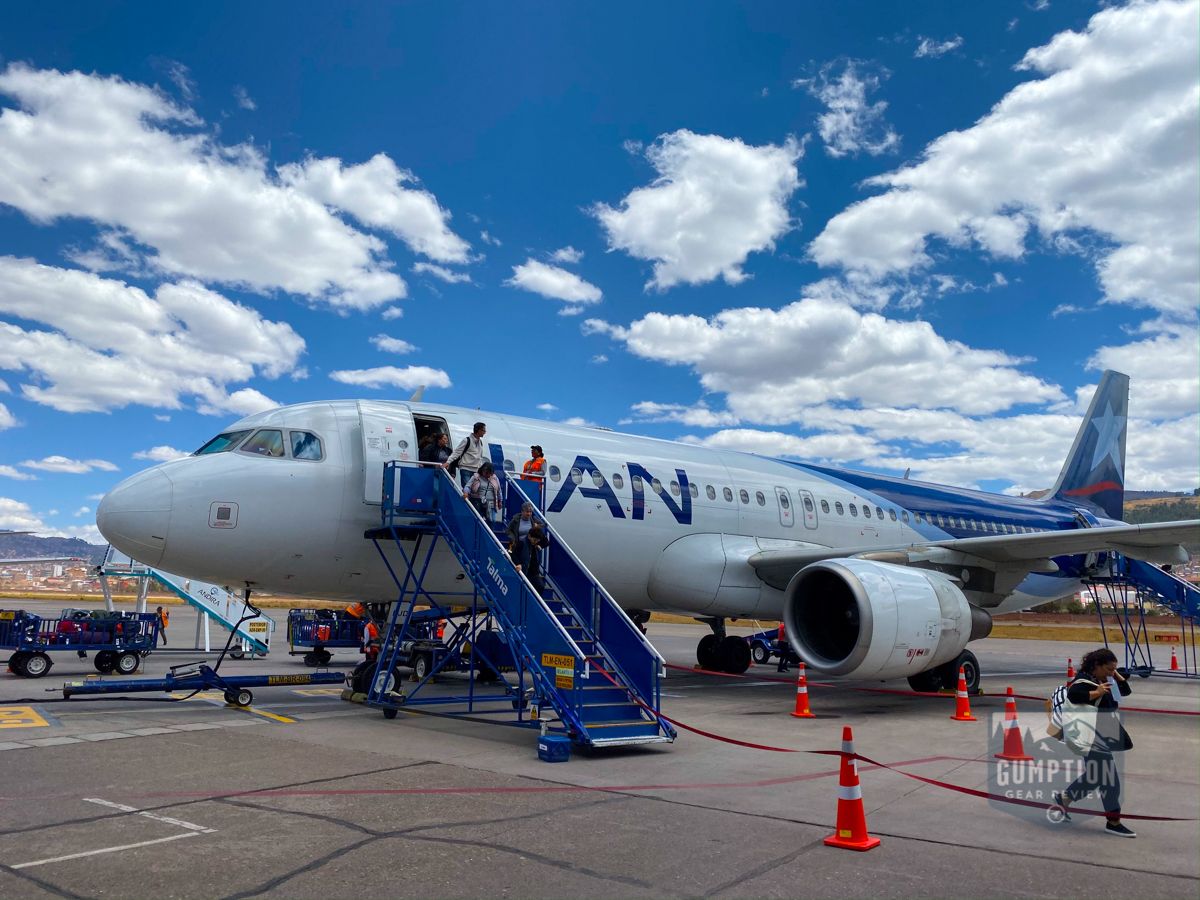
Before you pack your bags and stamp your passport, you’ll need to pick the timing of your adventure. When determining your “when” one of the most important considerations is the weather which splits into two dominant seasons along the Inca Trail and in Machu Picchu. The dry, winter season runs from April through to September, and the wet, summer season from October through to March.
The Inca Trail and Machu Picchu is busiest between late May and early September, so to avoid the crowds you may want to consider a trek on the shoulder months of late March into April, or late September. Many people suggest October and May as the best months, striking a more forgiving balance between crowds and weather. For our own trip, we landed on a date in late September.
As an aside, the Inca Trail is closed every year through the month of February to allow conservation work to take place. So if you were dreaming of a February visit to Machu Picchu via the Inca Trail… unfortunately that isn’t in the cards.
Remember, there are restrictions on how many people are allowed on the Inca Trail each day — which includes the porters. So you’ll want to consider booking your plans and making travel arrangements well in advance of your actual trip. We spent approximately four months planning our trip and arranging all of the details.
Once you decide on the when, it’s time to get your paperwork, immunizations and medication in order. First things first… make sure your passport is valid for at least six months upon entry into Peru. Then make an appointment with a medical professional to ensure you’re up to date on any needed immunizations and to discuss medicines you might need.
The most important recommendation we can give here is simply this: check with your doctor on matters of health, immunizations and any potentially necessary medication. While there are no vaccinations legally required for Peru, sometimes your medical professional will advise a few options.
Next up, get in shape: It should go without saying, but this journey requires you to be in excellent physical shape (another reason why your planning should start well in advance). While that statement seems rather common sense, we were surprised by the plethora of stories we heard of people turning around due to the daunting nature of the trek. Machu Picchu itself is at just under 8,000 feet in elevation, but passes along the Inca Trail are more than 13,000 feet high, so you must prepare to hike at altitude. You don’t want to go through the effort and expense of planning this trip, only to get sent home on the back of a village donkey (aka Incan ambulance).
Packing for your Peruvian Adventure
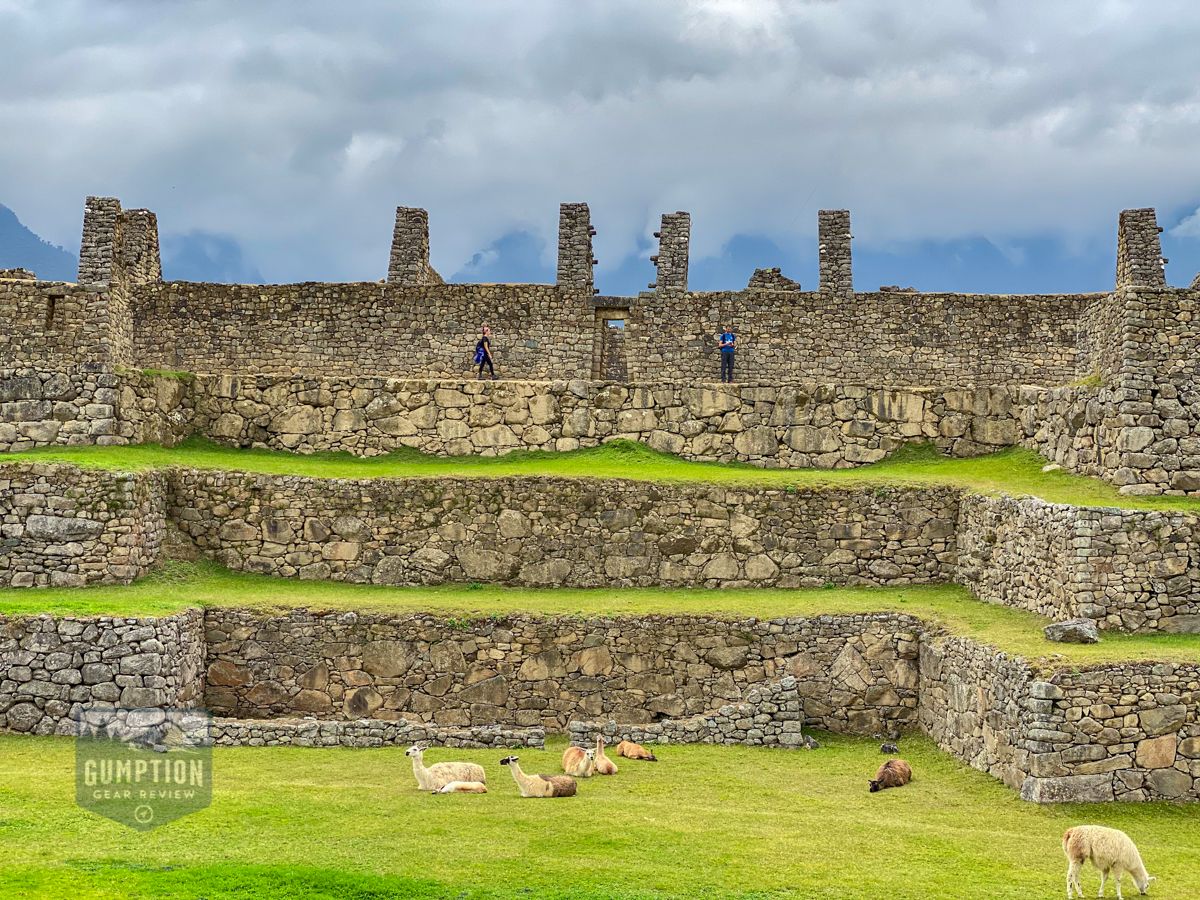
Travel Gear & Packing Cubes
Trekking to Peru and then onto Machu Picchu involves a combination of international travel and backpacking. As such, your gear needs will be as diverse as the country itself – swimsuits for the northern beaches, hiking thermals for the highland towns, and long-sleeve lightweights for the dense jungles. In other words, plan on setting aside significant time to be thoughtful and intentional about your packing.
Once you determine what you’re brining, you’ll want to consider how you’ll be packing everything. Particularly those spending extra time touring Peru prior to hiking the trail, there’s going to be a lot to keep straight. In order to keep our wardrobe and accessories arranged and organized, we relied heavily on Eagle Creek’s Pack-It Collection.
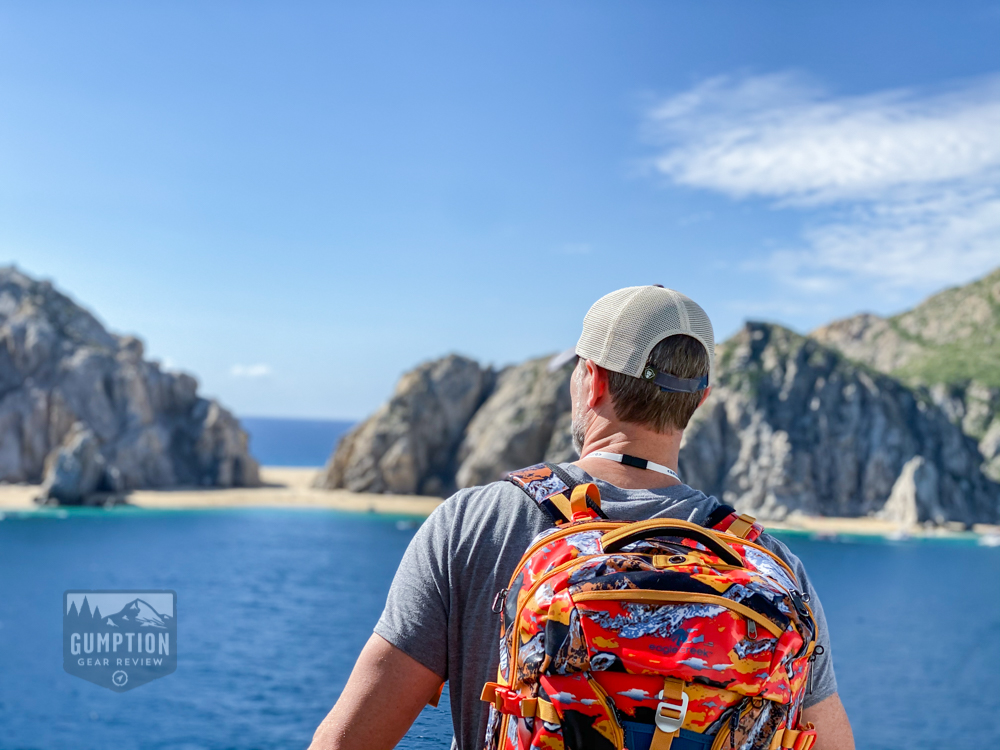
Between our Pack-It Specter™ Compression Cubes, and Pack-It Specter™ Cubes we were able to neatly load our portable closet into our eco-conscious Gear Warrior 4-Wheel Bag. The extra organization these cubes provide will bring you some peace of mind, and as an added bonus – you won’t have to unpack your entire bag just to find your sleep shorts on an overnight layover in Lima.
We’ve all left home with more than we need, and we confess that’s a particular flaw of our own. But this raises another benefit of utilizing packing cubes. Most hotels will allow you to store your extra bags while you journey the Inca Trail. However that final night of reorganizing your gear can get a little hectic — one of the many benefits of well-organized packing cubes is easily transferring them between your luggage, your trail pack and the additional duffle that will be transported by porters.
Packing for the Inca Trail
The classic Inca Trail runs 26 miles (42 km) long, and is usually hiked over 4 days and 3 nights. The basic notion of preparing for the adventure is being mindful of the fact that you will face a variety of conditions over that time span. It is important to note that the focus of this post is centered squarely on the items you’ll need to get the most out of your trip.
There are important pieces of your travel puzzle that we will not be covering here. Most importantly, is your trip to Cucso. Sitting at 11,151.5 feet above sea level, Cusco is one of Peru’s biggest cities and the gateway to Machu Picchu. There is no getting to Machu Picchu without travel to Cusco. So here is your friendly reminder that the starting height for most cases of altitude sickness is 8,000 feet (2,500 meters) above sea level. What’s also true is that people who are more susceptible to altitude sickness can experience symptoms at elevations of 5,000 feet (1,500 meters).
So make sure you do your research on this region ahead of time. Know that you’ll need to ensure that you spend a few days here hydrating and allowing your body to acclimatize to the altitude prior to tackling the Inca Trail. Now, onto the heart of the topic at hand… packing for your journey along the Inca Trail.

We cannot stress this enough: be intentional in your packing.
The Peruvian government has established clear guidelines regarding the maximum weight that a porter can carry — that weight allowance includes all the equipment needed for your campsite, and your extra belongings. When it comes to packing for the Inca Trail itself, keeping it light and smart is key. After all, too much equipment will make the multi-day walk much less enjoyable, whilst forgetting essential items may make the hike memorable for all the wrong reasons.
While trekking the Trail, you will typically carry the gear you need for hiking from one camp to the next in a medium-sized daypack. The rest of your clothing and gear goes in a large duffel bag that will be carried by a porter. (FYI, many of the tour companies provide this duffel bag, although some require you to bring/buy your own).
So when prepping your own daypack, you’ll need to find the right balance between packing what you want and avoiding an overloaded pack that will crush your back and spirit on the multi-day adventure.
DAY PACK (19 – 30 liters; double check with your tour company)
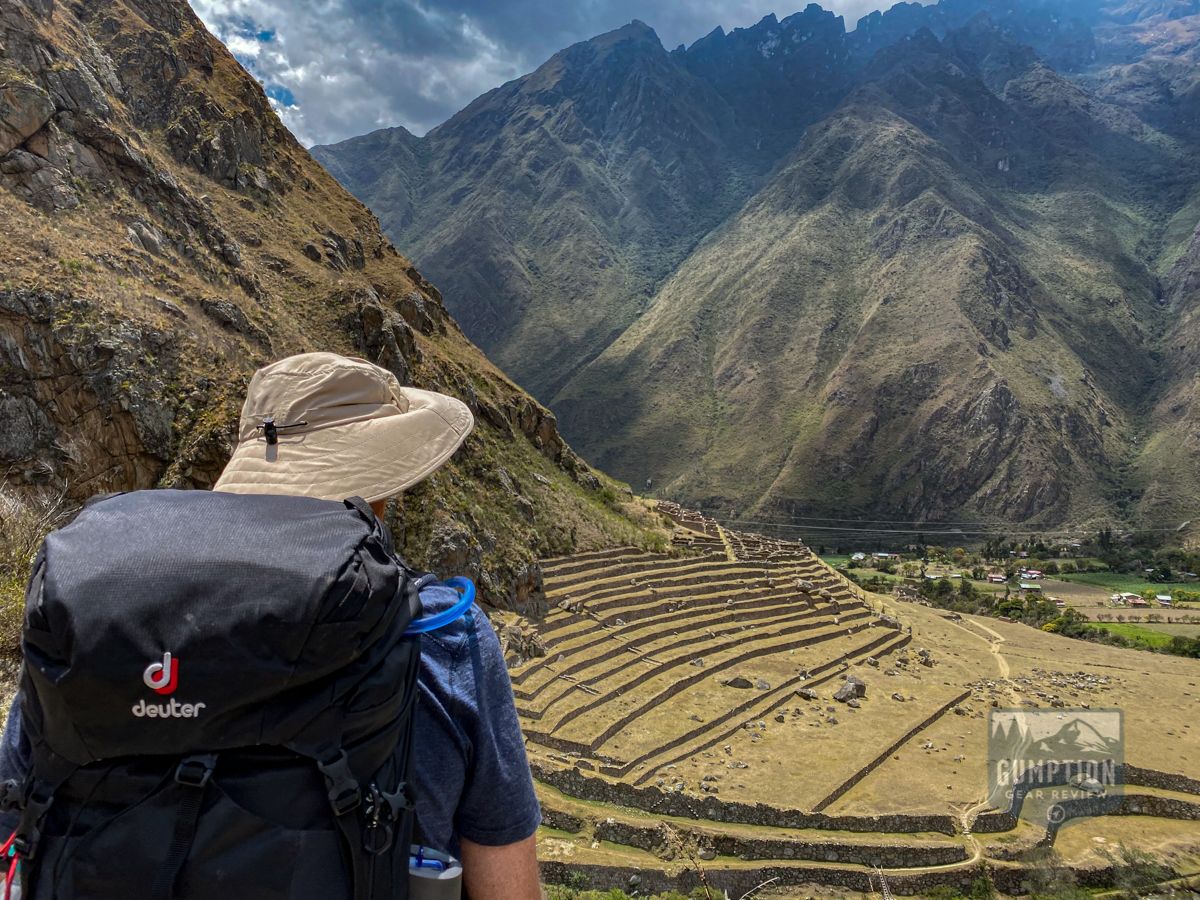
While you’ll see a few people hiking the trail with just a fanny pack (or even some with just a water bottle) we suggest taking a more fully featured pack for the adventure. What’s true is that you’ll be glad you have it for the Peruvian excursions you take before and after Machu Picchu, but you’ll also appreciate having a daypack on the Trail for the ability to access your snacks, gear and equipment at your convenience.
You’d be well suited with nearly any of the packs listed on our “Guide to the Best Hiking Backpacks of 2019“. However, after taking into account all the features we wanted – hydration sleeve, comfortable fit, integrated rain cover and plenty of easy access storage options – we opted to take the Deuter Futura 26 and Deuter Futura 30. We appreciate these quintessential daypacks because they place an ergonomic fit at the forefront of design and check all the boxes for an epic bucket list adventure like Machu Picchu. And when the skies opened up, and the rains came pouring down on the final morning of our adventure, we were thankful for the integrated rain covers that kept our packs and gear dry.
CLOTHES for the INCA TRAIL
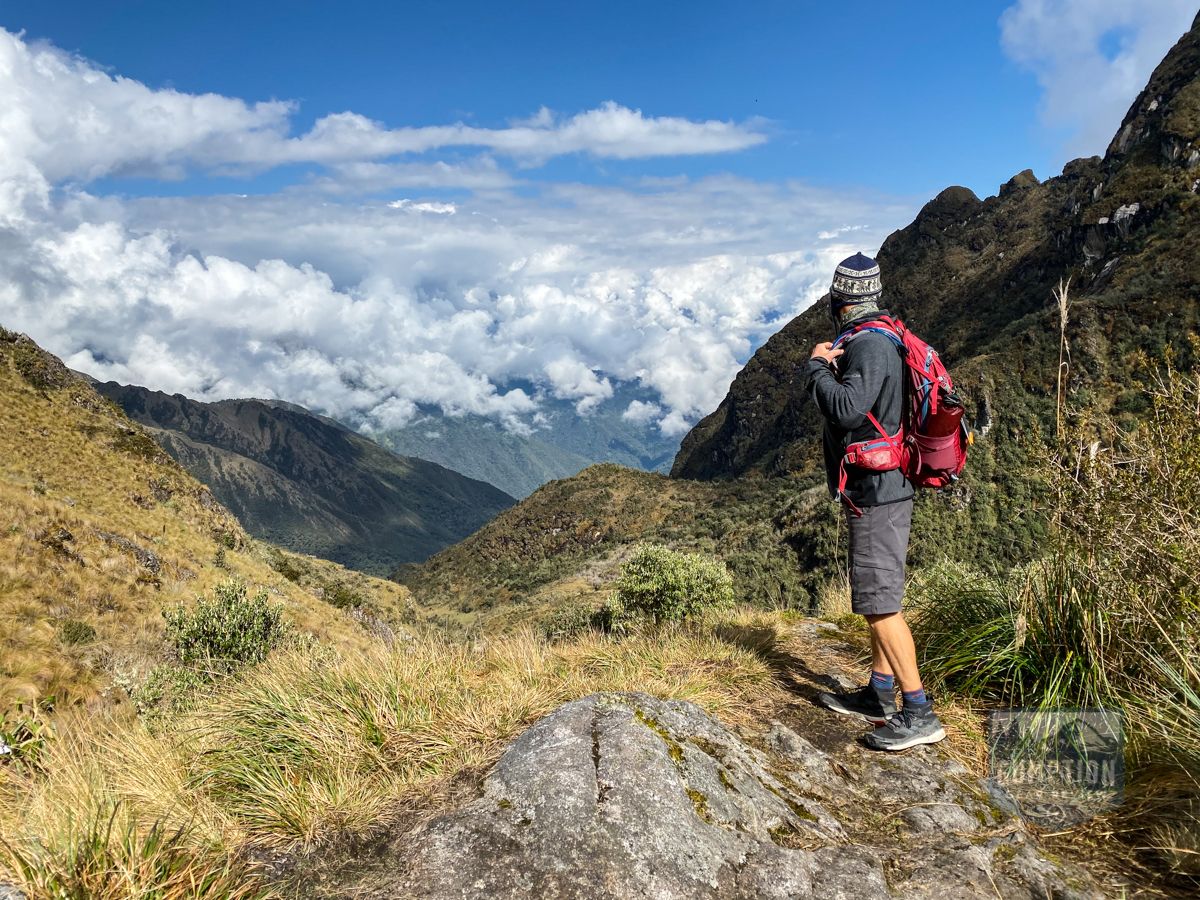
Once you choose your travel company, they will provide you a comprehensive packing list that includes suggested clothing items. And while these lists are a helpful guide, many are inadequate and some are dangerously dated (ie suggesting heavy denim jeans instead of dedicated hiking pants).
During the adventure you will deal with everything from intense heat, strong sun, pouring rain and cold mountain nights, which can get below zero. As such, the best way to think about your clothing for the Inca Trail is through the lens of layering. The ability to layer your clothing up or down from morning when it is rather cold to the mid afternoon when temperatures reach their peak and then drop back down to freezing at night is key.
As a reminder, effective layering only works if each layer allows moisture to pass through and escape to the external environment. In fact the best layered clothing, like wool, promotes moisture transfer through its wicking properties. By contrast, cotton and denim absorb moisture and should therefore be avoided as much as possible, if not completely.
Here are the cornerstone pieces of gear that we not only relied upon, but unabashedly recommend for your own Inca Trail adventure:

1 x Waterproof Jacket: LL Bean TEK O2 3L Storm Jacket
The potential for serious rain showers is part of the Machu Picchu experience. Whether you are hiking in the dry season (April-October) or wet season (November-March), you should be prepared for rainfall.
Featuring innovative first-to-market waterproof/breathable technology, this minimalist jacket provides an incredible level of waterproof protection to keep you dry and comfortable. For the days it’s not raining, you’ll still appreciate the ample protection this technical shell provides from the blustering wind.
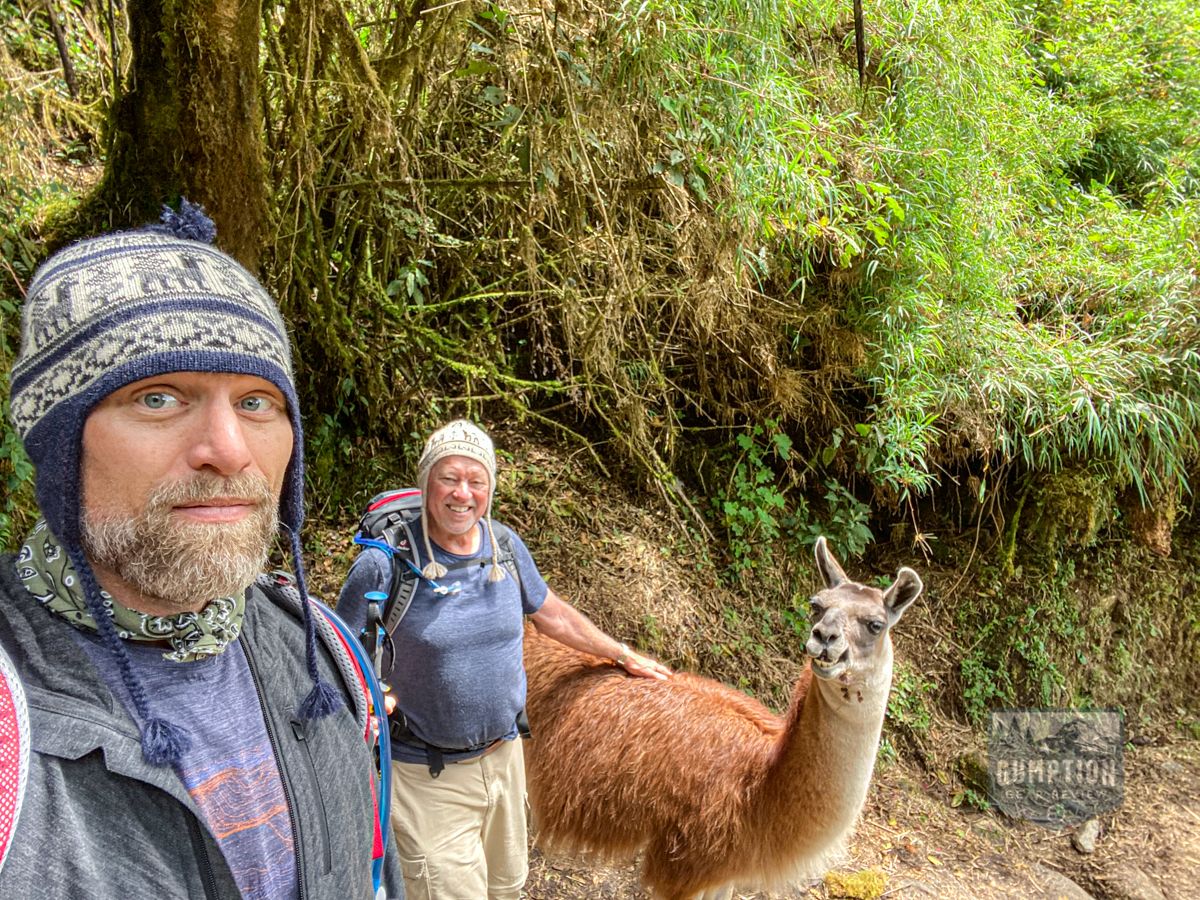
1 x Lightweight Fleece: Icebreaker Men’s Descender Hoodie
A technical midlayer designed to insulate and breathe during cold, high-output days up in the mountains, the Descender Hoodie was easily one of our most valuable pieces over the course of our trip. From evening walks through Miraflores, to the early morning ascent of Dead Woman’s Pass, you’ll rarely find yourself out of this garment. Added bonus, the offset shoulder seams prevent pack rub from those long days on trail.
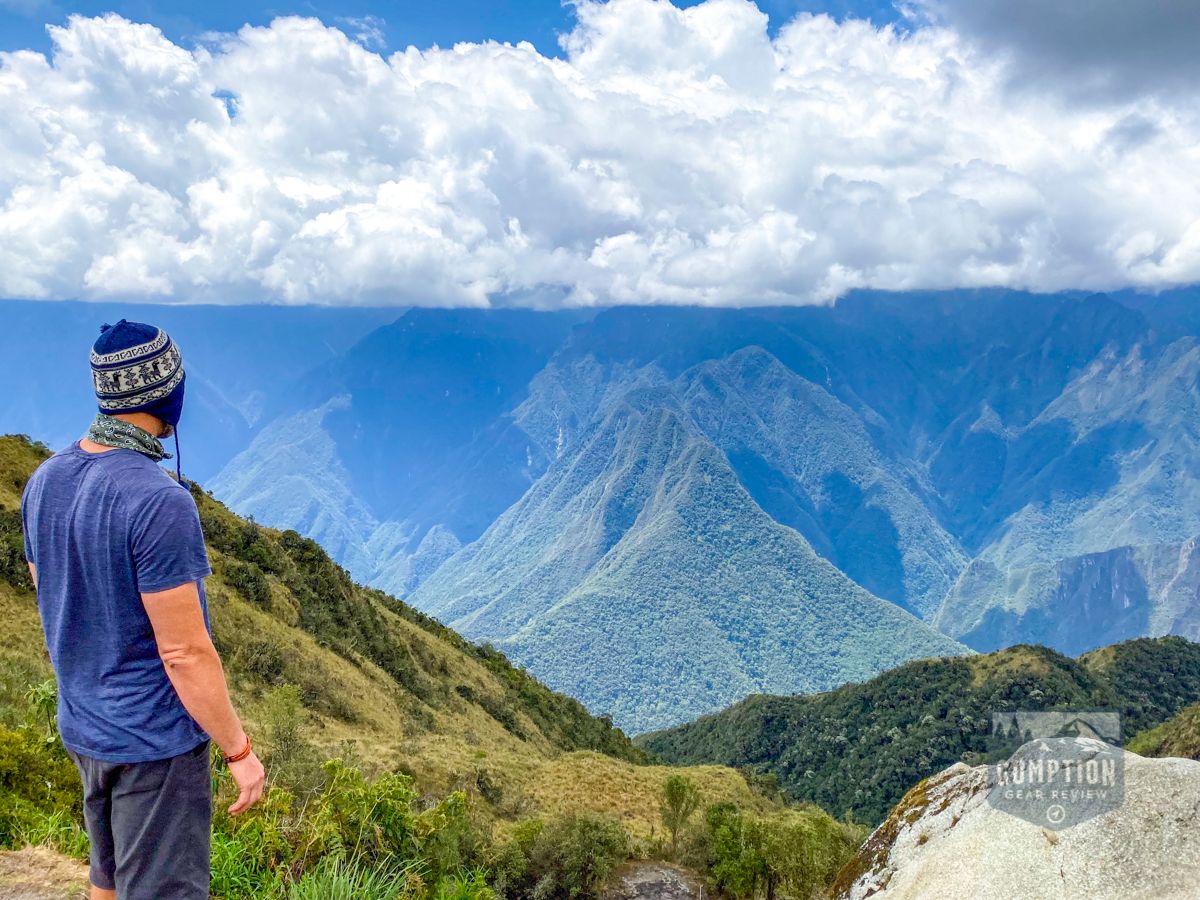
3 x T-Shirts for hiking: Icebreaker Tech Lite Short Sleeve Shirts
In part, packing light and smart means you’ll need to be comfortable with re-wearing various items of clothing along the way. Thankfully, by utilizing quality merino clothing you’ll never need to worry about discomfort when your Tech Lite Short Sleeve hits day two or even three.
Comprised of natural merino wool, these shirts are highly breathable, quick drying, incredibly comfortable and naturally odor resistant. If push came to shove, we could have hiked the entire trail comfortably in singular Icebreaker merino shirt.
1 x Adventure/Hiking Pants: Eddie Bauer Guide Pro Pants
Don’t make the mistake of wearing jeans or any heavy/bulky pants. We packed the Eddie Bauer Guide Pro Pants because of their versatile, all-season capabilities. The nylon/spandex design not only lightens your load while packing, but allows these pants to stretch shed moisture, and breathe. With a streamlined fit and articulated knees, these pants never weigh you down or restrict your motion. As an added bonus, they offer 50+ sun protection. They were the perfect choice for this adventure.
1 x Hiking Shorts: prAna Stretch Zion Short
Full disclosure: Before this trip we’d never worn the Stretch Zion Shorts – but since conquering the Inca Trail, you’ll rarely find us in anything else. Four-way stretch fabric delivers mobility and quick-drying comfort to handle everything from the crowded sidewalks of Cusco to big eight hour days on the trail. Abrasion-resistant nylon withstands the abuse the comes with any level of international travel or adventure.
2 x Socks: Darn Tough Hike/Trek Socks
For our seasoned readers, the recommendation of Darn Tough socks will come as no surprise. The last thing you want to worry about on the Inca Trail is cold, wet, fussy or blistered feet — which is a near guarantee if you pack along cotton socks. In our opinion and experience, Darn Tough makes the best damn hiking sock on the market. Featuring a true seamless fit and made of Merino, Darn Tough Socks embodies the crucial connection between fit and performance that will elevate your hiking experience.
4 x Briefs: Ex Officio Give-N-Go Sport Mesh Boxer Briefs
Fact: Nobody loves paying $30 for underwear. And what’s also true is that the Give-N-Go Boxer Briefs are worth every penny. Why adventure specific briefs? Because the snug active fit and lower rise are ideal for high-energy activities (like covering 8 miles a day in the Andes Mountain Range). Add in the breathable, quick-drying build plus an anti-microbial treatment to reduce odor – the result is you stay comfortable day in and day out.
1 x Rainpants: Mountainhardwear Stretch Ozonic
Made with Mountainhardwear’s Dry.Q™ Active technology, and available in men’s and women’s fit, the Stretch Ozonic™ Pant is a lightweight, high-performance 2.5-layer shell that excels on rugged trails in difficult, wet conditions. And because they weigh in at just 10oz, packing them in was a breeze.
1 x Sunhat: Outdoor Research Bugout Brim Hat
We highly recommend bringing a lightweight, easy-to-store sun hat. Get one with a broad-brim to help protect you from the intense sun and provide a small oasis of shade. Clearly there’s no shortage of options available, but if you need a prodding Outdoor Research has an extensive list from which to choose.
Hikers: Adidas TERREX Free Hiker GTX
As you begin to prepare for your trip, you’ll eventually find your way down the rabbit hole of hiking boots vs trainers. There’s no shortage of thought an opinion on the matter (trust us, we spent days researching this prior to our trip), and what’s also true is that there’s not really any right or wrong answer to this question.
You’ll quickly notice that the Porters on your trip walk the trail in Converse, old trainers, or even penny loafers. The Trail’s contours and difficult slippery underfoot conditions in sections are well-known and easy to these guys – they’ll be less so for the majority of people on a tour. But you aren’t a porter, and so we believe that your best option is footwear that covers all eventualities, weather conditions, and provides plenty of confidence under foot. In other words, a sturdy but comfortable waterproof hiking boot.
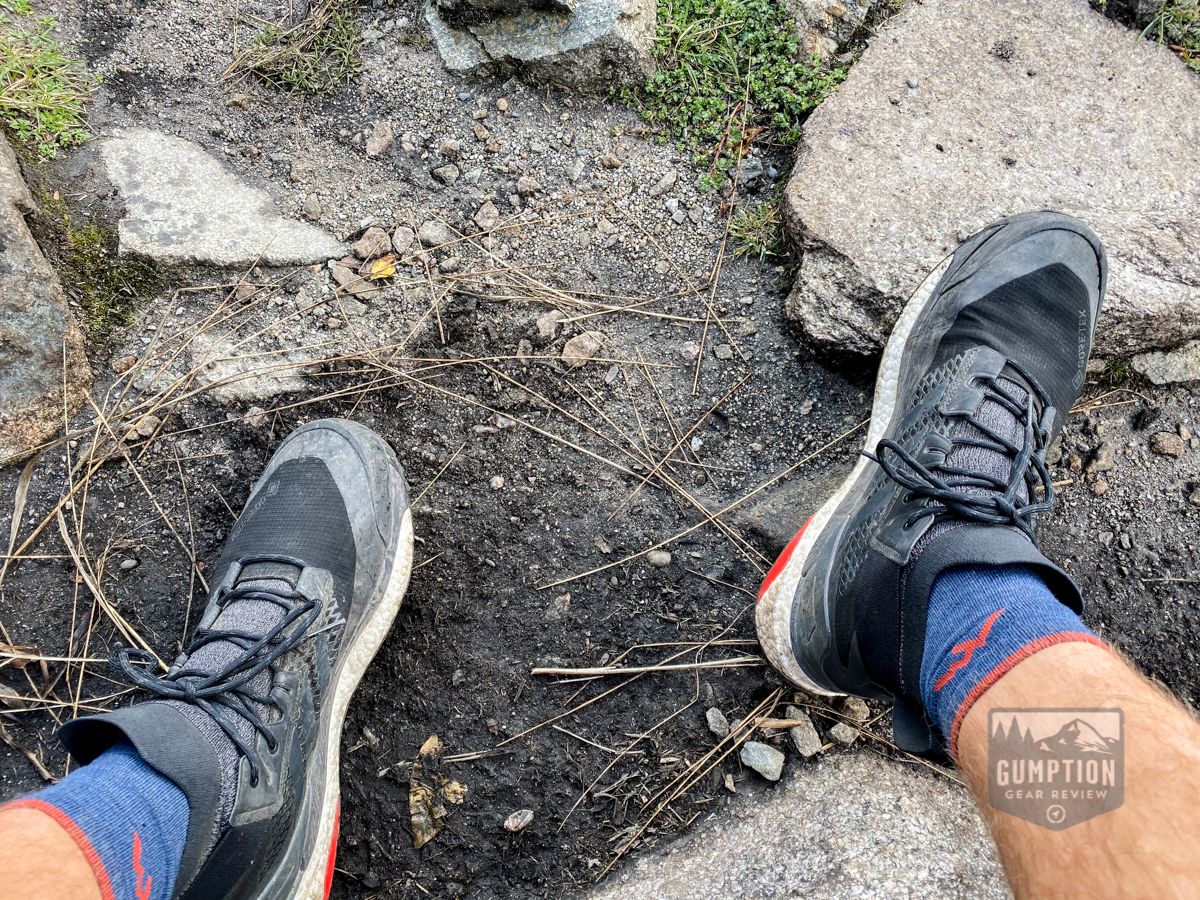
For our trip we relied upon the Adidas TERREX Free Hiker GTX. Every aspect of these hikers is dialed in for comfort on long-distance hikes. The sock-like build and adidas Primeknit upper hug your foot for an adaptive, snug feel with every step. A sturdy heel cap and midsole stiffener give a natural flex while delivering stable footing. Traction on slick surfaces – Continental™ Rubber outsole for extraordinary grip even in wet conditions.
Real talk: If we hiked the Inca Trail again tomorrow, there’s not another shoe we’d even consider for the adventure. It’s not that there aren’t other great choices — because there are — but we couldn’t have asked for a more perfect option for the challenges of this trail.
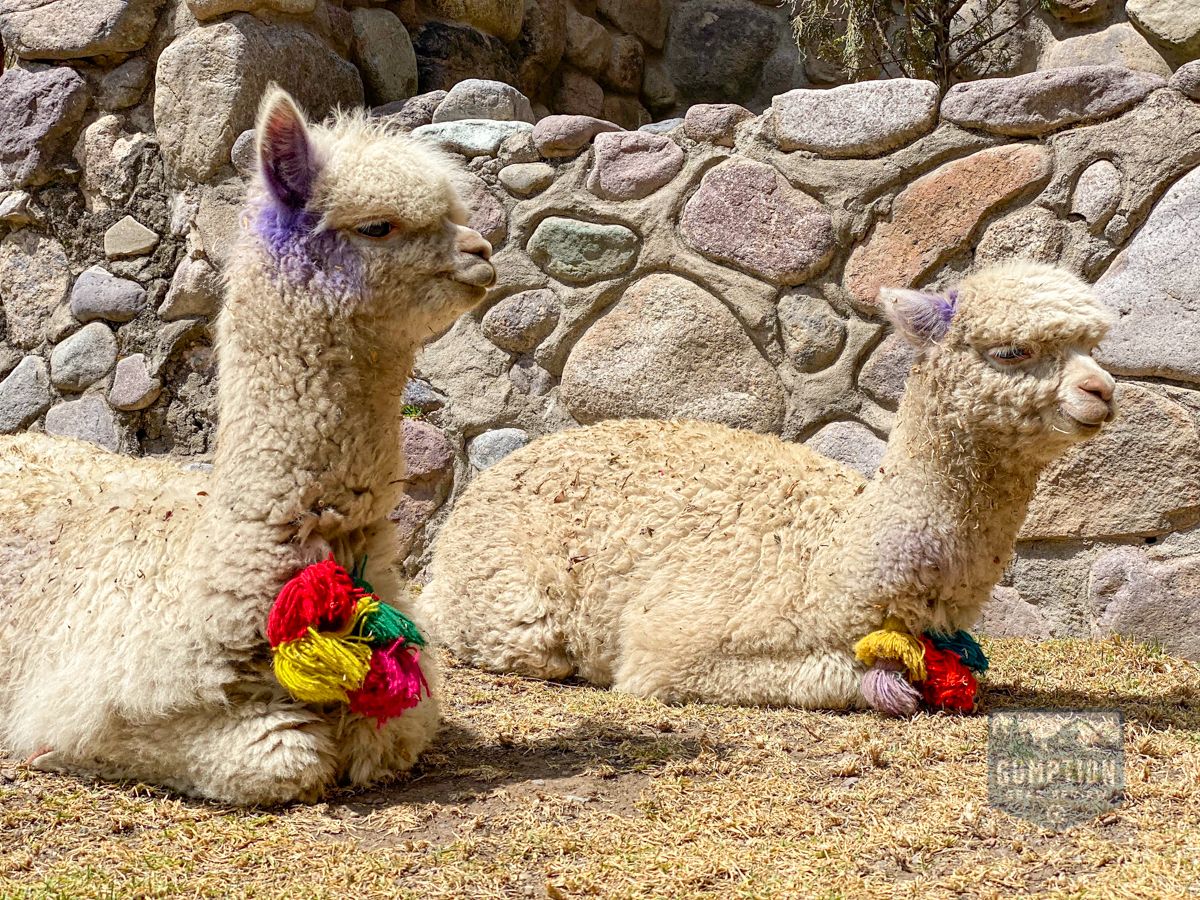
Optional Yet Important Pack Items
Headlamp/Torch: BioLite 330 Headlamp
No, you won’t be hiking at night but you’ll still want a torch to help you find your way back to the tent after dinner and for those 4:30am start times on the trail. To keep things light but powerful, we opted for the BioLite 330 headlamp. Weighing in at just 69 grams this gem still offers 40 hours of light.
Lip balm: Auctiv’s Chai Lip Balm with SPF 15.
Lip Balm may be a no brainer – but in this case it’s the brand that matters. We trust Auctiv because all of their products from sunscreen to lip balm are formulated with the safest ingredients available. The brands 15 SPF lip balm is not only USDA Certified Organic, but keeps those lips protected at altitude.
Baby wipes/Sanitary Wipes
While there are some showers available, remember you aren’t ending each day at a luxurious locker room with showers and a sauna. Bring a few small packs of baby wipes to keep yourself clean throughout the day, and after using restrooms. You’ll also appreciate having these on hand in instances you desire to wipe down the facilities prior to use.
Hiking Poles: Carbon Lite Trekking Poles from Yukon Charlies
Hiking poles are not essential for the Inca Trail; it is 100% possible to do it without them. However, using them will make the hike easier for a number of people and result in less aches and pains during and post-Trail. And while you can buy or rent hiking poles in Cusco – we saw more than a few of those sets bend, break and fall apart on the trail. The Carbon Lite Trekking Poles from Yukon Charlies never weighed us down, never faltered under duress and proved to be a significant help on those big uphill days.
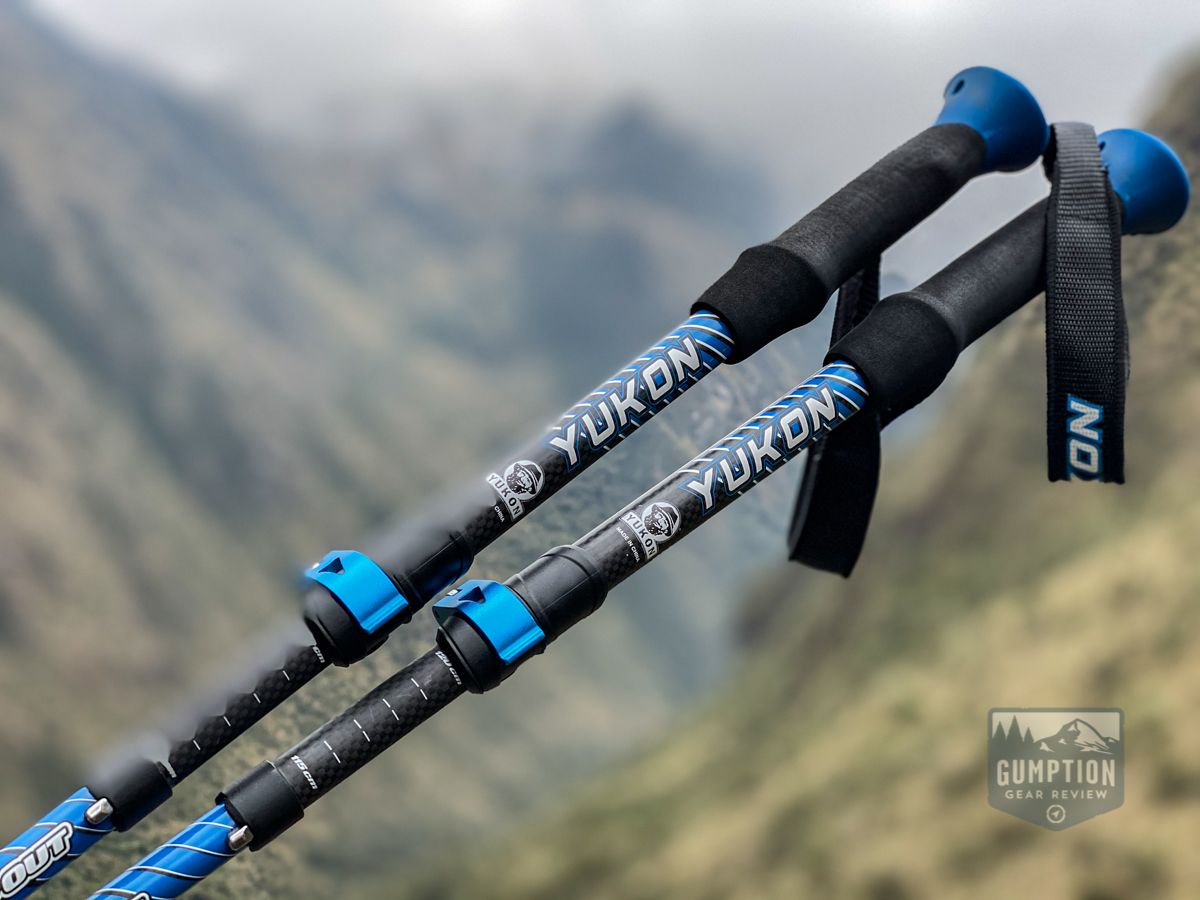
1 x Flip-Flops
We didn’t bring a change of shoes for the Inca Trail, but we did make the right choice in packing our sandals. These are not an essential item, but they were a welcomed relief after long days and big miles on the trail. If you’ve got the space and spare weight, it’s worth considering.
An Important Note on Sleeping Bags
As you continue your research, you’ll see a number of websites and blogs that list sleeping bags on their “essential pack list” for the Inca Trail. With temperatures that drop below freezing, there’s no doubt that a quality sleeping bag is an absolute must on the trail.
However, this pack list intentionally skips over that item because our tour company supplied us with Therm-a-Rest sleeping bags as part of our travel package. We encourage you to check with your travel agency to determine if they will supply sleeping equipment, or if it’s an additional item you will need to bring. If you do need to bring your own sleep equipment we highly recommend checking out Therm-a-Rest, Klymit or the Sueño Sleeping Bag from Cotopaxi.
Our Non-Essentials: Additional Pack Items to Consider
Depending on your personal fitness and preferences, you might want to consider the following additional items. Again, remember that none of these are mandatory, they will count towards your weight allowance and you’ll need to carry them around. But with that said, in our experience these extra items were worth the minor additional weight for the added comfort and convenience.

- BioLite Solar Panel 5+
It should go without saying that there won’t be any opportunities to plug in and charge your electronic devices during your Inca Trail trek. Yes, you can pack extra batteries, or you can opt for the BioLite Solar Panel and have access to consistent power. The Panel 5+ kept power flowing not just to our headlamp, but to our camera equipment as well. - Vapur + Electrolyte Tablets: Nuun Hydration Electrolyte Drink Tablets
There are no vending machines, restaurants, etc. within Machu Picchu, and there’s no convenience store on the Inca Trail. And while your Porters will ensure you will have fresh water, we packed our Vapur because it weighs virtually nothing and provided the perfect vessel for our Electrolyte Drink tablets. - Trekking towel: Personal PackTowel
Whether you’re taking a shower at Winay Wayna (end of day 3), or drying your feet after rinsing off at each day’s end, you’ll have a new found appreciation for your Personal PackTowel. Small, compact and lightweight, these towels take up minimal room, but provide a welcome creature comfort. - Pocket Knife: Leatherman Free T2 & T4
While a multi-tool isn’t by any means a necessity for this trip, frequent readers know we believe in packing a quality blade anytime we set foot on the trail. To keep things fast, light and manageable we packed along the Leatherman Free T2 and T4 to help out with all the little tasks associated with big adventures. - Inflatable Pillow: Klymit Luxe Camping Pillow
Big days on the trail deserve big night’s rest. Weighing in at just 6.2 oz. this inflatable pillow ensured that we had a large, quilted pillow to rest our head on at the end of each day. Trust us, after crushing hours upon hours on the Inca Trail, you’ll want to ensure a solid night’s sleep and the Luxe Camping Pillow will help make that happen. - Water Bottle: LifeStraw Go
Yup, in addition to our Vapur, we also traveled with a LifeStraw Go. Overkill? Maybe, but what’s true is our LifeStraw Go was intended for the bumper time before and after the Inca Trail experience. Our LifeStraw Go bottles made the trip to Peru for those moments of uncertainty, and the added peace of mind that comes with knowing we had access to purified water no matter where we landed. - Ear Plugs
Even if you’re part of small group on the trail, it can still get a little noisy at various campsites — especially if you’re tent mate is a snorer. Basic ear plugs will prove to be very effective in giving you an uninterrupted nights rest. Best part is, unlike the rest of your gear, earplugs take up zero space and weigh next to nothing. - Extra Cash to tip the Porters
This was one piece of advise we almost missed. While you aren’t going to need a lot of money on the trail, it’s still a good idea to have some cash on you. You will pass a few small, locally-run selling stations over the course of the four day adventure. But more importantly, you’ll want to tip your team of guides, porters and cooks.
While tipping on the trail isn’t mandatory, it’s highly recommended. The porters, cooks and guides are on this hike with you every step of the way, and in the case of the porters, they shoulder the burden of lugging your personal equipment. These individuals work exceedingly hard for exceedingly little pay. How much you tip will depend on the size of your group and what length of trek you’re doing, but the best way to handle tips is to pool money together with your group and distribute to each person. - Extra Outfit for Final Day
When preparing for our own trip, this ended up being one of our favorite pearls of wisdom. Here’s why: when you arrive at the fabled Machu Picchu, you might only get one opportunity to capture that iconic photo (or selfie) overlooking the 15th-century Inca citadel. When you do, you don’t want to be in the same clothes you spent the past four days and three nights in. Taking the time to pack an extra top and pants for that final overlook ensured we walked away with the pictures we wanted.

In Conclusion
One of the world’s most famous hikes – the Inca Trail is the sort of singular adventures for which we all travel. The hike itself, which brings you along ancient narrow paths deep into the Peruvian countryside and high into the Andean mountains, is gorgeous; perfect Incan ruins, cloud forest, and majestic valley views laid out like breadcrumbs along the way to perhaps the greatest end-point of any multi-day hike on earth, the iconic Machu Picchu.
It’s an experience which should inspire excitement, invoke a little bit of fear, stoke jealousy amongst your friends, and stir a sense of deep wonder and awe within your soul. However, with the proper planning, preparation and forethought it will be the experience of a lifetime that it deserves to be. It’s our hope that this packing guide eliminates a little pre-trip anxiety and makes your process of preparation a little easier.
